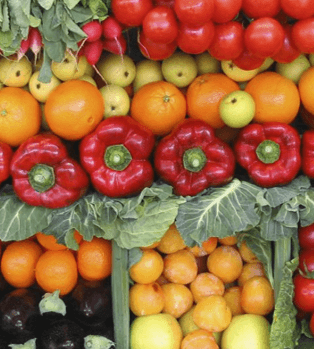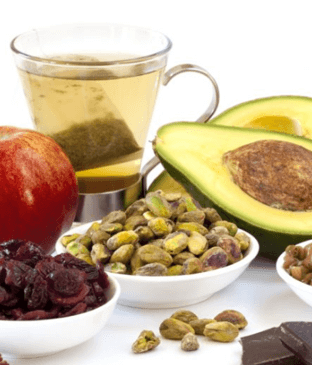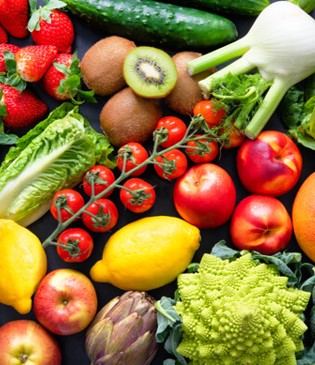Despite a name that invites skepticism, antinutrients really do exist.
So what exactly are antinutrients and…do they matter?
Antinutrients are compounds in food that chemically tie up key nutrients. The result is that fewer of the helpful nutrients are available to the body.
A Prime Example: Phytates
The most important of the antinutrients are called phytates. Phytates, while a concern for humans, are essential for plant growth because they are the primary source for plants of much-needed phosphorus. Grains are the number-one source of phytates, mostly concentrated in the outer shell, or bran layer. Other phytate-containing foods include seeds, beans and nuts. Another important dietary source of phytates are soy-based products, especially processed soy isolates found in some protein bars and meat substitutes.
Phytates have a strong negative charge, and since opposites attract, they readily bind to positively charged nutrients like iron, calcium, and zinc. Once bound by phytates, these helpful nutrients cannot be easily absorbed. Depending on the amount of iron, calcium, and zinc in the diet—as well as how much of the antinutrient phytates are consumed—the clinical impact can range from minimal to very significant.
For example, iron-deficiency anemia affects an estimated 30% of the world population. Low dietary intake of iron is mostly to blame, but phytate blockade of iron absorption is thought to be a very major contributor—especially in populations that are heavy consumers of grains.
Although not as commonly recognized as iron deficiency, zinc is also a nutrient of worldwide concern. Low levels of zinc, made worse with heavy reliance on grain intake, can lead to problems with skin and hair, let alone more serious issues with vision and immune function.
Do Antinutrients Matter to Your Health?
For people who eat a wide variety of healthy foods, the answer is probably no. Individuals who might be more vulnerable to ill effects from antinutrients are those whose diet is especially shifted toward grains—especially those with limited intake of foods rich in iron, calcium, and zinc. Another group that might be at risk are those with poor nutrient intake who rely heavily on soy isolates found in many protein bars and meat substitutes.
Culinary Strategies to Reduce Antinutrients
If you believe you are at risk for problems from antinutrients, you might consider some of these food selection/preparation steps:
- Soaking grains and beans removes a significant amount of phytates, assuming that the soak water is not consumed.
- Fermenting grains, as in bread making, also reduces phytate concentration, with sourdough fermentation lowering levels even more than yeast fermentation.
- Sprouting grains and beans is perhaps the most effective way to lower phytates. You can buy sprouted grains (and sprouted bread), as well as sprouted beans—or sprout them yourself at home.
But, as with almost any dietary concern, eating as varied a nutrient rich diet as possible, without a particular focus on any one food group (including grains or processed soy), is your best protection.
References:
Enhancement of Bioavailable Micronutrients in Food Grains
Interested in eating better for your own health?
Learn the essentials of good nutrition in our interactive, user-friendly nutrition learning program for the public.
Clinicians: Do you feel confident responding to patient questions about nutrition?
Take our award-winning condensed interactive nutrition CME—and learn what every clinician should know about nutrition.



